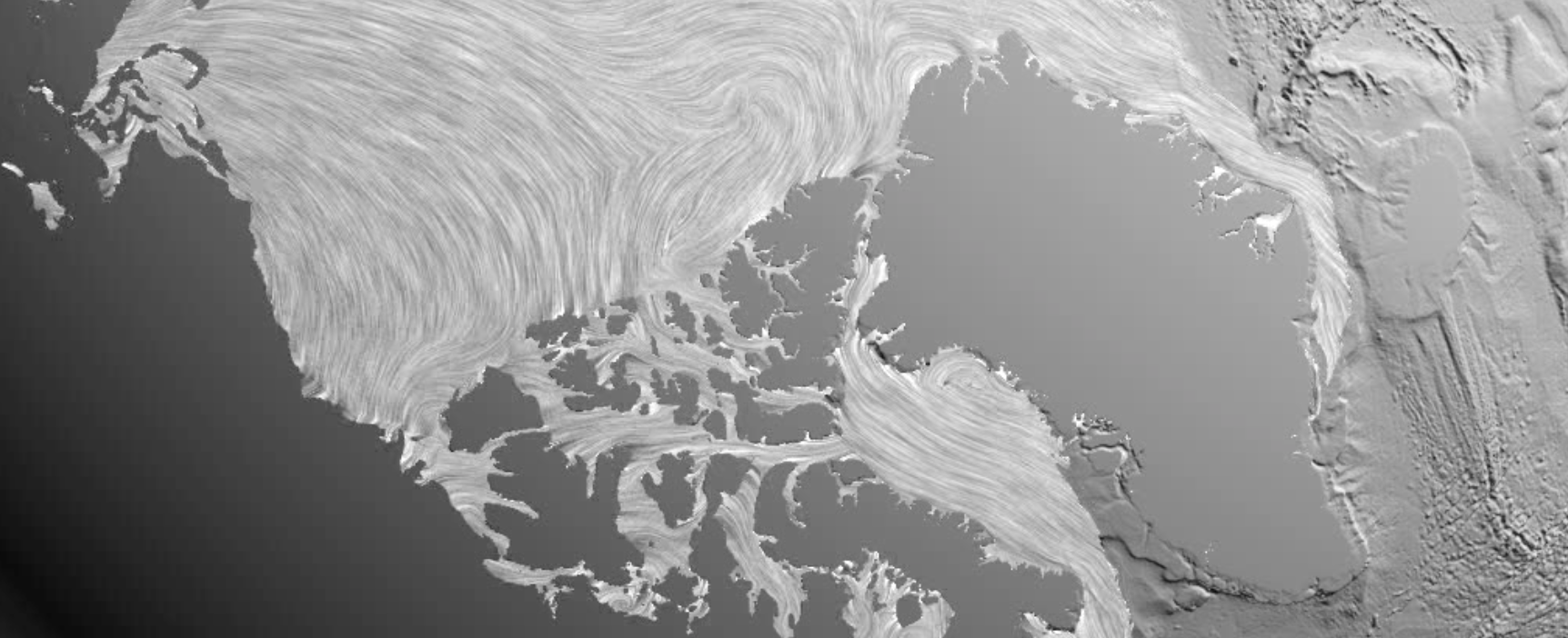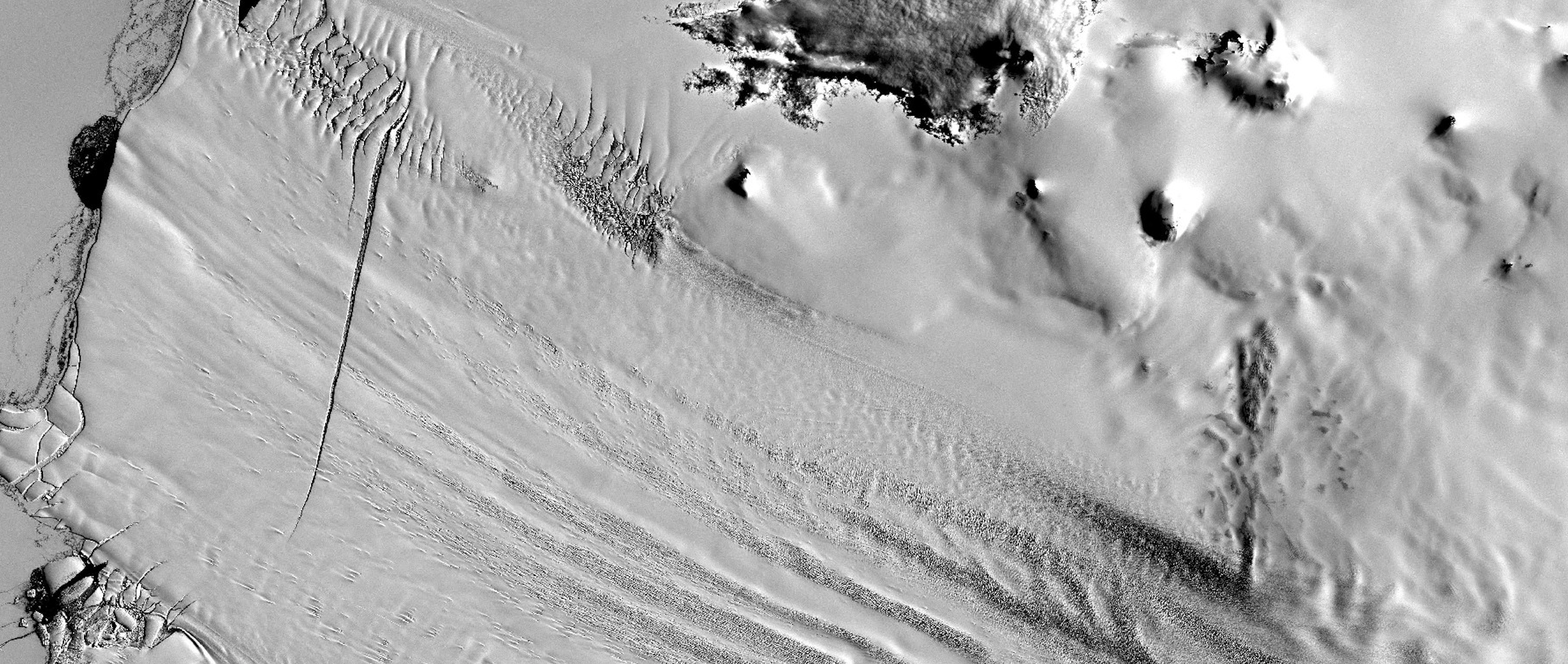For this project, we will consider flagship Earth system model applications, in which adjoints have had a demonstrable impact, and where convergence between SBS and SciML approaches hold the promise for producing transformative research. Differentiable programming and general-purpose AD will enable a range of derivative-based science applications, including formal model calibration, surrogate model training using machine learning, data assimilation for state estimation and model initialization, sensitivity analysis, uncertainty quantification, and quantitative observing system design.

Ocean climate modeling
Our first domain application is an ocean general circulation model, CliMA-Ocean, the ocean component of a new climate model that is currently being developed as part of the Climate Modeling Alliance CliMA project, and a localized process model, Oceananigans.jl, targeted at simulating small-scale ocean physics at high-resolution that affect the evolution of Earths climate. Both models are coded in pure Julia and run on GPUs.
For two decades the Estimating the Climate of the Ocean (ECCO) consortium has successfully harnessed AD to enable a range of ocean science applications (beyond gradient-based optimization) in which derivative information obtained via tangent linear, adjoint, and Hessian operators of an underlying ocean general circulation model is a key enabling computational tool. Examples are
- ocean state estimation and parameter calibration as practiced in ECCO [51], the Arctic Subpolar North Atlantic State Estimate (ASTE, [137]), the NSF Southern Ocean Carbon and Climate Observations and Modeling project (SOCCOM, [182]), and the California Current System [124];
- comprehensive sensitivity analysis in ocean biogeochemistry [42], coastal sea level variability, ENSO prediction [56, 129], [183], Antarctic ice sheet-ocean interactions, e.g., in the context of the NSF/NERC International Thwaites Collaboration [63], and Arctic coupled ocean-sea ice modeling [23, 138, 167];
- dynamical attribution of variability in support of the Overturning in the Subpolar North Atlantic Program (OSNAP) or the South Atlantic [87, 144, 171];
- linear predictability and transient non-normal amplification [126, 128, 188];
- uncertainty quantification and optimal observing system design.
The application capabilities based on adjoint models go well beyond data assimilation or gradient-based optimization, as listed above. The proposed capabilities also enable a natural integration of SciML approaches for surrogate model calibration via neural networks or neural differential equations and uncertainty quantification within a variational data assimilation system. This approach would support, not only process model training/calibration as proposed in [165], but also, through availability of the full backpropagation tree (reverse mode AD) full-model training/calibration of the combined PDE and ML-based system. It presents a natural framework for hybrid, physics informed SciML.

Coupled ocean-sea ice modeling
To be applicable for polar research, a differentiable thermodynamic and dynamic sea ice component will be developed. Fortran-based AD of the MITgcm/ECCO infrastructure has previously enabled studies of sea ice predictability by way of comprehensive sensitivity studies and dynamical attribution.
Ice flow modeling
Another compelling domain application is the use of derivative information in the context of regional to continental-scale ice sheet modeling. Going back to the early 1990’s, D. MacAyeal has convincingly demonstrated the critical role of inverse modeling approaches to comprehensively calibrate and initialize ice flow models for prediction. Today, adjoint methods plays a central role in ice sheet modeling, parameter estimation initialization for prediction. The complexity of some of the physical processes underlying ice flow (calving and glacial hydrology, in particular) also suggest a significant role for SciML approaches.
While sophisticated, the new generation of ice-sheet models su?er from serious limitations, mainly because important input parameters (e.g. basal conditions, iceberg calving) cannot be measured directly or are poorly constrained by observations. AD has been applied in ice sheet modeling to tackle some of these questions. Although incredibly powerful, AD remains woefully underused in ice sheet modeling, primarily because of technical complexities.
We will take advantage of the new development in AD and SciML within Julia to develop a new generation, open-source ice sheet model that is designed to take advantage of the increasing amount of remote sensing data collected by various agencies, to reduce the uncertainty in sea level rise projection. We will reuse some of the functionalities that have been developed (e.g., partitioning, matrix system solve, integration) and follow the general structure, capabilities and parameterizations of another open-source code, the Ice-sheet and Sea-level System Model (ISSM). Laying the computational foundations, as we do in this project, will enable wider community engagement.

Uncertainty quantification
UQ has emerged as a central challenge in climate science. To be of value to decision-makers, climate predictions must be accompanied by the degree of confidence we have in our model simulations. A crucial question is: How do we quantify uncertainties, given limitations in observational data, model inadequacy, our understanding of physical processes, and computational resources? A common approach in ocean and climate modeling has been to resort to ensemble and Markov Chain Monte Carlo (MCMC) methods, including emergent applications for Bayesian parameter calibration for oceanic vertical mixing with Oceananigans.jl [174]. However, the curse of dimensionality [140], i.e., the gigantic dimensionality of uncertain model inputs, has meant that ensemble sizes are a minute fraction of the number of degrees of freedom in Earth system models, and that the nature of the ensemble is poorly known. Bayesian inverse theory provides powerful tools for UQ. Hessian UQ exploits the fact that, in a Gaussian approximation, the posterior error covariance is represented by the inverse Hessian, i.e., second derivative of the objective function with respect to the uncertain input variables
Quantitative observing system design
Closely related to UQ is optimal observing system design (OSD, [5]). It addresses (1) how to design an observing system, based on given or hypothetical assets, that minimizes the uncertainty in one or several target quantities of interest (e.g., heat transports); and (2) how to quantify the complementarity versus redundancy of a set of observational assets.



